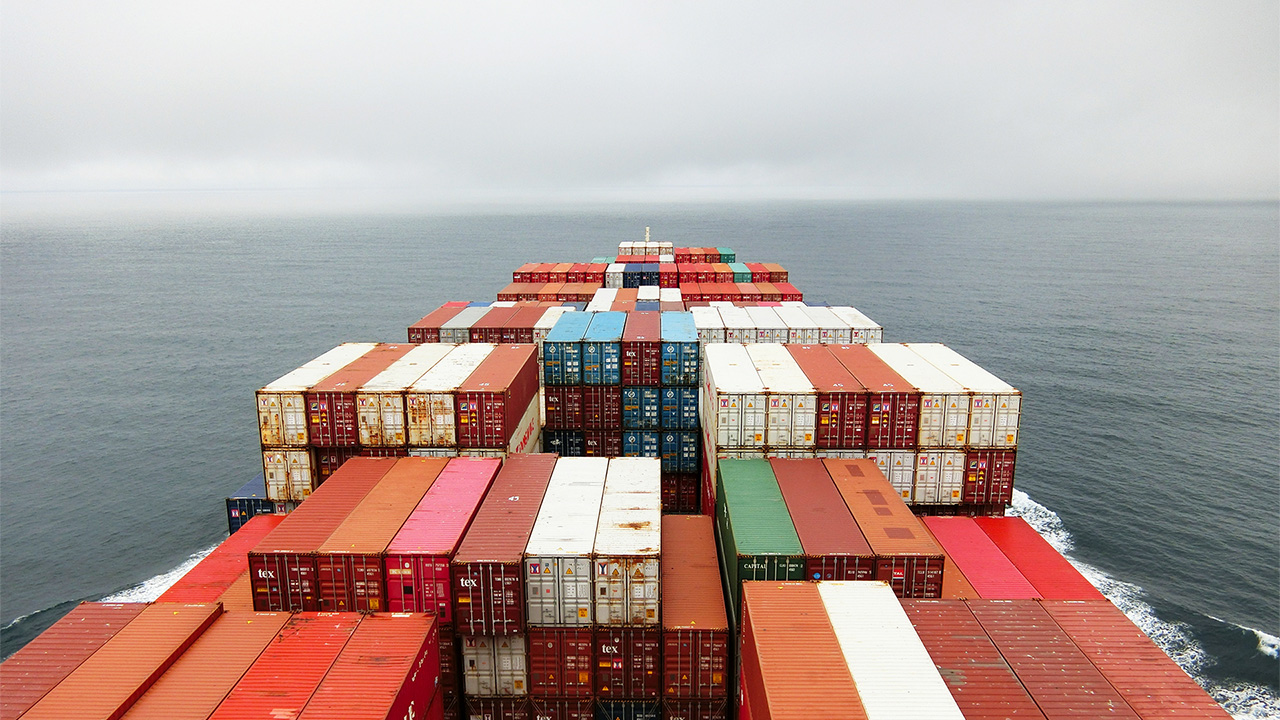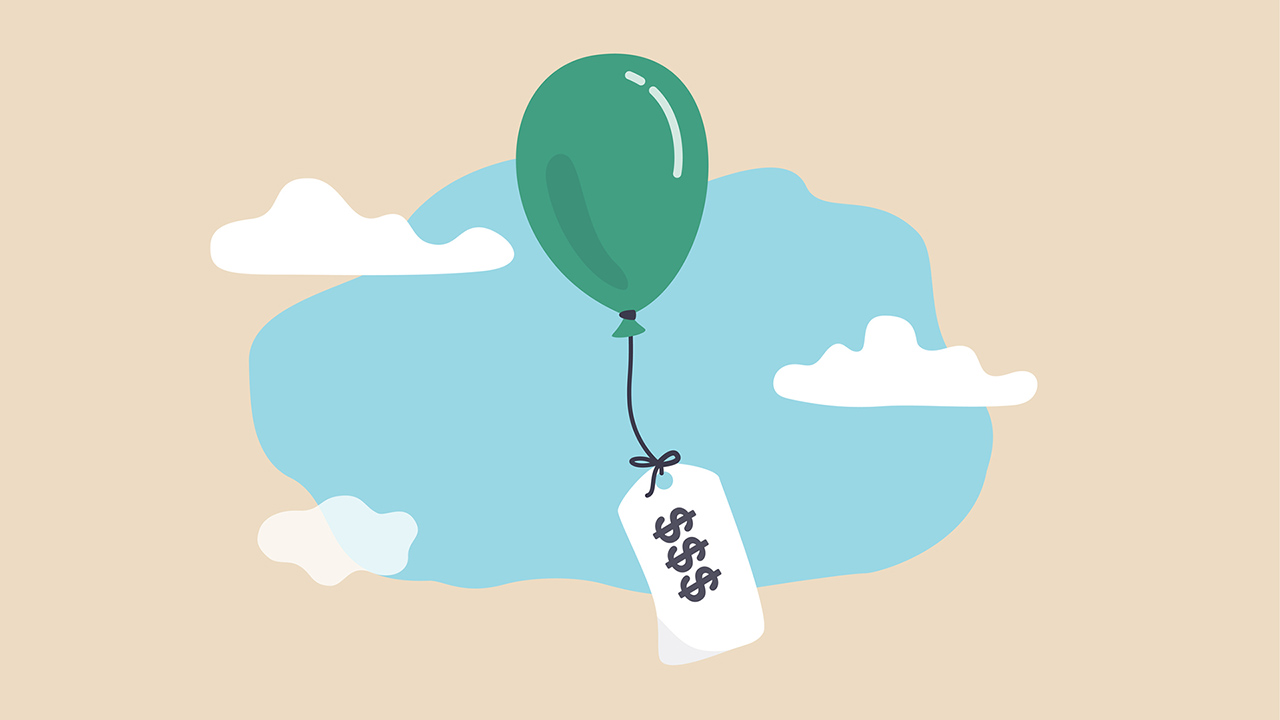There’s no such thing as a free lunch, as the saying goes. That’s because our world was created with limited resources. Unlimited demand from our troubled hearts is everywhere and at all times met with limited supply. “Everything we get,” writes Henry Hazlitt in his classic book Economics in One Lesson, “must in some way be paid for.” An economist is trained to think in terms of trade-offs.
Yet in much economic and financial discussion these days, it seems as though many leaders have forgotten that fact. For instance, I live in Fort Worth, Texas. Earlier this month, temperatures reached over 110 degrees, with heat indexes even higher. The state’s electricity grid operator sent out notices to consumers to turn up their thermostats so the grid could avoid blackouts. Plus, the Texas Tribune noted that wind power on a normal day produces 36 percent of the state’s electricity, but this time, low winds “made it harder for the grid to keep up with demand during hotter-than-usual July temperatures.”
Wind power is great when the wind blows, but what happens when it doesn’t? That’s the trade-off made when investing in renewable energy. There is no getting around this reality.
This is lesson one in economics.
A lesson in economics
Hazlitt argues that the one lesson required to think economically is this:
The art of economics consists in looking not merely at the immediate but at the longer effects of any act or policy; it consists in tracing the consequences of that policy not merely for one group but for all groups.
This is a skill that is easier said than done. Yet we must keep it in mind if we want to be wise, effective stewards of our resources. Let’s look at what happens when we don’t.
One popular discussion today centers on three letters: ESG. ESG stands for environmental, social, and governance factors. Some experts argue that businesses should consider all three of these factors in their operations to help create a better environment, a harmonious society, and to maintain proper governance. The difficulty, however, is knowing what exactly leads to these outcomes or how they can be accurately measured, as the Nobel laureate economist Milton Friedman famously pointed out. For example, how do we know that our investments in renewable energy won’t adversely affect consumers? Carbon emissions do correlate with economic well-being. And if they do harm consumers, by how much? Who will pay for the solutions?
These difficulties have led many critics on both the political left and the political right to label ESG considerations as “an illusion” and “a loser,” respectively. The Securities and Exchange Commission (SEC), which regulates American capital markets, is actively investigating several ESG initiatives, and German authorities even raided the offices of a major German bank for making false claims related to ESG.
Making matters more complicated, ESG is big business. One estimate suggests ESG investing is worth nearly $3 trillion. That means businesses are incentivized to hock the ESG story, even if it isn’t true, because it leads to a lot of revenue. ESG funds have been shown many times to include fossil fuel companies and others that are supposed to be excluded from their portfolios, leading critics to call them hypocrites who “greenwash” their claims.
The power of incentives is the second lesson in economics.
A second lesson in economics
Think back to Texas’s lack of wind power last week. Government regulations from the EPA have pressured Texas oil and gas companies to, among many other rules, reduce their methane emissions in an attempt to shift the nation’s supply of energy toward renewable sources.
This is important for Texas because the state produces more total energy than any other state, 12 percent of the nation’s total supply. A lot of the production is from oil, to be sure, and Texas consumes the most coal of any state, but Texas also has below-average electricity rates for consumers. Texas also produces the most energy from wind, natural gas, and biomass, and ranks third for solar power. When it comes to renewable energy and cheap electricity, it’s bigger in Texas.
Renewable energy faces economic mechanisms just like anything else. The economic Rube Goldberg machine works like this: The EPA disincentivizes oil and gas companies from producing fossil fuels at a profitable rate. Over time, these companies reduce their production, which reduces the supply of oil and gas, which raises the price of energy since the quantity demanded continues to grow.
At the same time, the government incentivizes renewable energy producers with subsidies to build more wind farms. Easy money like subsidies creates demand, especially for unprofitable, “zombie” businesses that misuse precious resources and prolong their own inevitable collapse. These subsidies also delay and complicate investment decisions by distorting what might be called a “real” price for supplies.
Additionally, since every dollar the government spends must come from the taxpayer, subsidies also reduce the amount of money consumers can spend on otherwise more productive resources for their families or businesses.
These incentives work against each other to reduce the supply of energy and money while also raising prices, sometimes harming consumers even more so than if markets were left alone to respond to constraints and real prices. They also contribute to geopolitical crises: Europe faces an energy crisis because of a lack of wind as well as low natural gas supplies as a result of war in Ukraine, while mineral-rich but economically-poor countries like the Congo face corruption and environmental destruction to produce the world’s batteries.
The final result? Demand is up, supply is down, markets are complicated, less money is available, and geopolitics are worse.
As an aside, maybe we should all just shift to nuclear power — not only is it cleaner and more reliable, it’s also one of the safest sources of energy, even safer than wind power. Of course, reactors are extremely expensive and time-consuming at first, but that’s another story for another day.
Remember reality
The same economic mechanics work for other related discussions like diversity, equity, and inclusion (DEI). This is also big business for corporations and a fervent movement led by consumers. But here too there are conflicts of interest that many may not consider. For example, if a company wants to shift its hiring practices toward only women and minorities, that necessarily sidelines a third of the labor force, which is made up of white men. Because this initiative limits the supply of labor, it increases hiring costs and the time required to fill open positions.
Ditto for shifting supply chains toward women- and minority-owned businesses, another ESG stance. Since, for myriad reasons, a small fraction of the country’s logistics businesses are women- or minority-owned, this lack of supply could not only raise prices but also further exacerbate ongoing supply shortages and inflation-inducing bottlenecks.
It’s important to note that many initiatives like these can have positive outcomes as well, like offering opportunities to people that haven’t been able to access those opportunities in the past. Christians should passionately strive for justice and opportunity for as many people as possible, no matter who they are or where they came from. We must still remember that our striving can raise the cost of doing business, which over time can reduce the money available to create more jobs, harming the very people these rules were meant to help. In other words, the actual outcome of many popular policies is the exact opposite of what decision makers intend. Balancing our moral goals with the trade-offs inherent in a broken world is the work of every one of us, economist or not.
Hazlitt claimed that the “economic goal of any nation, as of any individual, is to get the greatest results with the least effort.” By following important economic lessons, we can reduce our efforts while achieving greater results if we spend more time thinking about trade-offs, incentives, and the long-term consequences of our plans.
When you’re considering how to best manage your church, ministry, or business, be sure to keep these lessons in mind. Otherwise, the common good we hope to see in the world could become our common bad.





